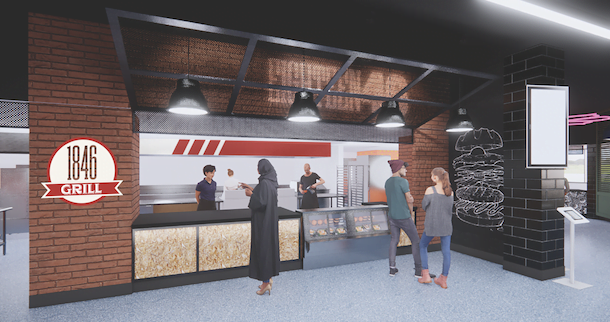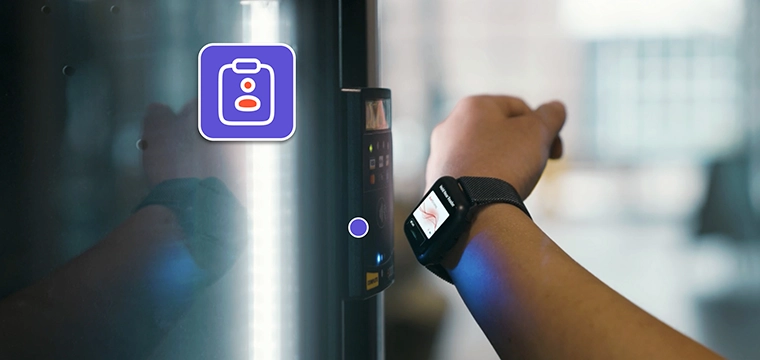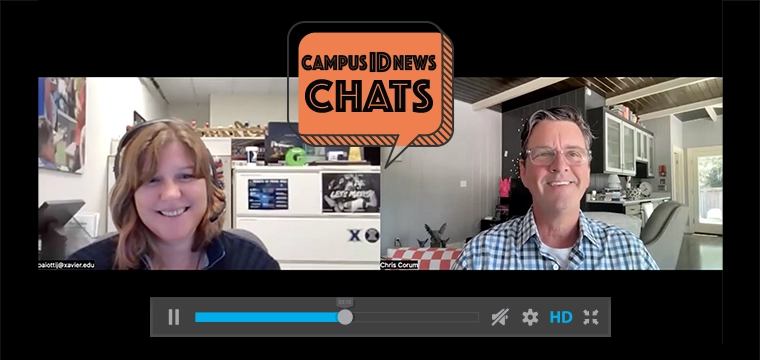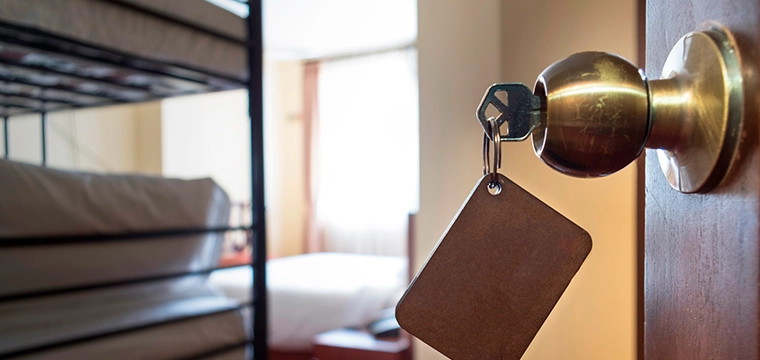
Self-checkout, digital ordering experience offer insights for other campuses
As campuses return to normal in the wake of the pandemic, an ongoing dining services push at the State University of New York at Buffalo is reinforcing the utility of self-service checkout and the mobile technology that powers it.
That’s the main message shared by Keith Curtachio, the university’s director of IT for Campus Dining and Shops, the campus department that provides dining and associated services to students, employees and faculty. The ongoing effort to improve the food service experience at the University at Buffalo is bolstered by the GET app from longtime partner CBORD, as well as Nextep kiosks and Oracle’s Micros Simphony POS.
The University at Buffalo has more than 30,000 students and nearly 4,000 full-time employees across three campuses. To help serve its campus population more efficiently, Buffalo has deployed kiosks, which Curtachio says offer some clear advantages over traditional cashiers when it comes to ordering and paying for meals and snacks.
“A kiosk cannot smile but it will always be on time,” explains Curtachio. “And they help bridge cultural and language barrier.”
That is important for an organization that attracts a large population of students from abroad. Those consumers can navigate digital menus via pictures as they learn the language and new culinary options.
Kiosks aren’t just changing food service in the campus space; they’re also making an impact in the larger world of fast food and fast casual dining. Along with advances in digital ID and payments, kiosk technology is helping restaurants and dining hall operators to speed up services, reduce mistakes and deal with the ongoing labor shortage.
The University at Buffalo has similar goals – though, as Curtachio explains, the job is not about installing a bunch of kiosks and calling it a day. The effort is more complicated and nuanced than that, with lessons still being absorbed and best practices established.
He traces the food service kiosk effort at the university back at least five years and highlighted the ongoing One World Café project. This $38 million facility is scheduled for completion in spring 2022. The three-story, 53,500-square-foot building will seat more than 800 people, offering both a variety of cuisines and various ways to order and pay.
“It has a lot of meeting spaces, a lot of seating and an international eatery,” says Curtachio.
Design work on the project started three years ago and initially excluded in-person ordering altogether, offering only kiosks and self-checkout. “But we have a really good culinary team and wanted to include some personal interaction,” he says. “So we pivoted a little bit.”
Explaining the layout of the One World Café, Curtachio points out different “through line journeys” that enable diners to access meals, beverages and snacks in a variety of ways. Some kiosks will offer ordering services but not payments, which can be handled by traditional cashiers or self-checkout kiosks later. Some areas have in-person ordering only. A future plan will enable customers to place orders for pickup at a later time.
This multi-prong design allows customers to order via the kiosks or an app then wander around and pick up impulse buys and other items from the grab-and-go areas. “People often change their minds,” says Curtachio.
ADA considerations play a role in the deployment of the technology, which should enable a customer with a disability to order food without needing the help of an associate, he adds.
The heart and soul of the One World Café is the self-checkout area – a concept increasingly found in convenience, retail and grocery stores. Amazon has famously become an aggressive player in moving toward a totally cashier-less experience, and Curtachio sees this as an ideal model.
At the campus level, payments could be handled via closed-loop student meals cards or other payment apps, completing the entire transaction process in a contactless manner. Folding in the cashier-less concept could employ cameras and software to automatically charge consumers for what they buy, as well as keep track of products going out the door so that inventory and shelf stocking don’t fall behind.
Even with a system that uses kiosk stations for self-checkout, security remains key.
“There are a lot of cameras there,” Curtachio says, addressing worries about theft. “You can see every square inch of the operation.”
The need for a watchful eye via cameras is one lesson that other campus administrators should be mindful of when considering similar plans. Curtachio offers other emerging best practices as well.
For starters, while it’s worthwhile to use this technology to keep up with what he calls “the cool kids” – for example, chain restaurants and other businesses that already offer similar services – each college and university has to come up with its own specific plan. These plans rely heavily on gaining the appropriate metrics.
“You have to test; you have to use gap analysis,” Curtachio advises. “Make sure you know your meal plan features and identify any gaps.”
Another important consideration when deploying this type of multi-channel food service system is the time required to get up and running – especially given the required participation of partners and the probable need to integrate point-of-sale software and other technologies.
“It takes a lot of lead time setting up a new revenue center,” says Curtachio of the kiosks.
Even creating the graphics for a new kiosk ordering system takes time. He stresses that custom images of all that tasty food can go a long way to helping make the overall system a success.
“The graphics and creative work can be costly,” he says. “But they do increase the impact.”
Backers of this technology should also acknowledge potential drawbacks, even short-term ones.
For instance, can kitchen workers keep up with a quicker stream of orders, especially given ongoing labor shortages? And can a mixed software environment handle recalled orders? Will the campus IT department be able to quickly fix any problems?
“It’s added pressure on IT staff,” Curtachio says. “Anytime you are adding a piece of equipment you are adding a point of failure. You have to have enough personnel to address those issues in real time.”
Even with all that in mind, he expresses deep optimism about the One World Café and associated progress in bringing more digital efficiencies to campus food service. The potential upsides – increasing sales, elevating the reputation of a college or university, making a happier dining experience for students, faculty and employees – make the legwork worthwhile.
“The customer experience is more consistent than it is with humans,” Curtachio concludes. “And, luckily, in higher-ed institutions, most of the students are good with apps.”




